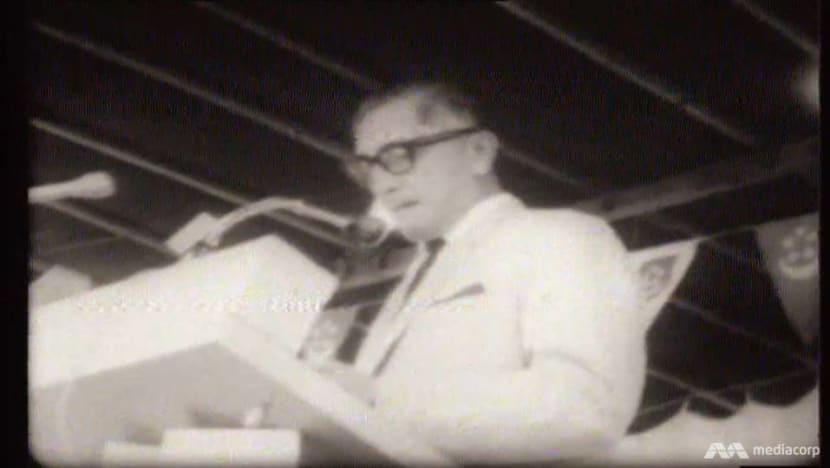Five things you didn’t know about these symbols of Singaporean nationhood
They represent the nation’s highest ideals, but had to be created in a hurry to rally the people to a new vision. After 60 years, there are intriguing stories about the likes of the national anthem and flag.
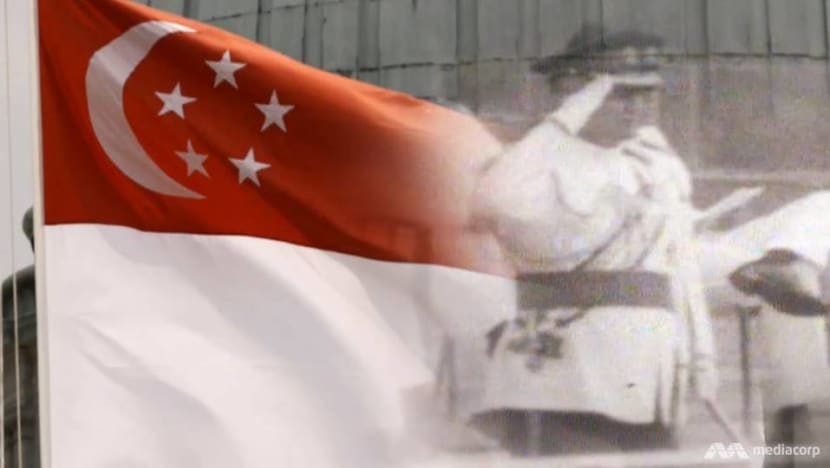
Singapore's national symbols remain a platform for the people's common aspirations.
SINGAPORE: He remembers arriving bleary-eyed at school for the morning ceremonies, where the “only consolation” during the national anthem was that he was not late for class.
So when Joshua Tan was tasked with conducting the re-recording of Majulah Singapura (Onward Singapore), he knew what he wanted.
LISTEN: The 2019 recording of Majulah Singapura
READ: Fresh recording of Singapore national anthem makes debut
“Something that’s much more upbeat, a little bit more inspiring, not only so that people can sing along to it, but also when they hear it, they’d say, ‘Wow, what a fantastic orchestra,’” says the Singapore Symphony Orchestra associate conductor.
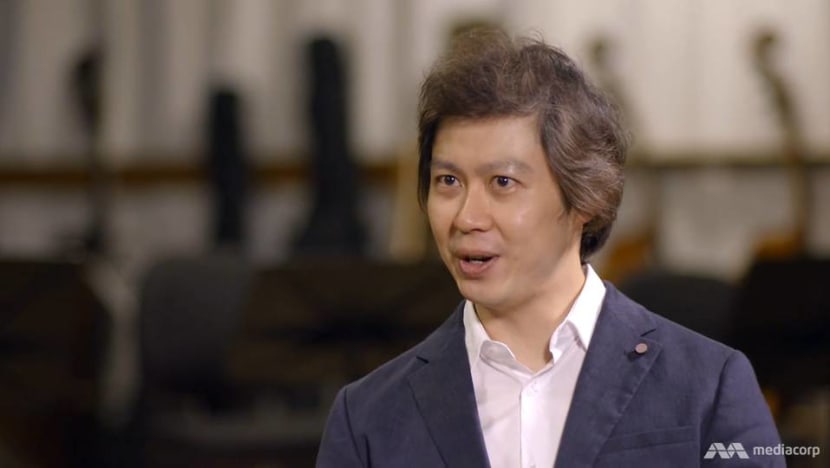
Following his schooldays, he has spent more than half his working life abroad, which the 43-year-old admits has “ironically” made him “more Singaporean”. That was also something he remembered in his approach to the re-recording, which debuted on Dec 3.
“It came from my heart, my feelings as a locally born and bred Singaporean, my experiences overseas and what this country means to me and what the words mean,” he says.
“When I’m overseas, it makes me homesick. When I’m at a national event (and) hear the anthem, it makes me very proud. It makes me very thankful to be born in this country.”
There is a line he particularly likes: In a new spirit (Dengan semangat yang baru). He explains: “It doesn’t matter how young or how old this country’s going to be, because every generation’s got to have the new spirit.”
WATCH: How Singapore’s national anthem and flag nearly turned out different (4:05)
That this is not the first time the anthem has been refreshed may have been news to many Singaporeans during this week’s 60th anniversary of the unveiling of the national symbols. The first version, for example, was eight bars longer.
There are also other lesser-known facts about these symbols — which include the flag and state crest — of Singapore’s highest ideals.
They were created in a hurry to rally people to a vision of a unified nation on the cusp of independence. And the documentary Majulah: Symbols For Singapore uncovers five stories about an emerging nation. (Watch it here.)
1. LAST-MINUTE APPEAL SAVED THE ANTHEM
National anthem composer Zubir Said was actually commissioned by the City Council in 1958 to write a song for the reopening of the renovated Victoria Theatre.
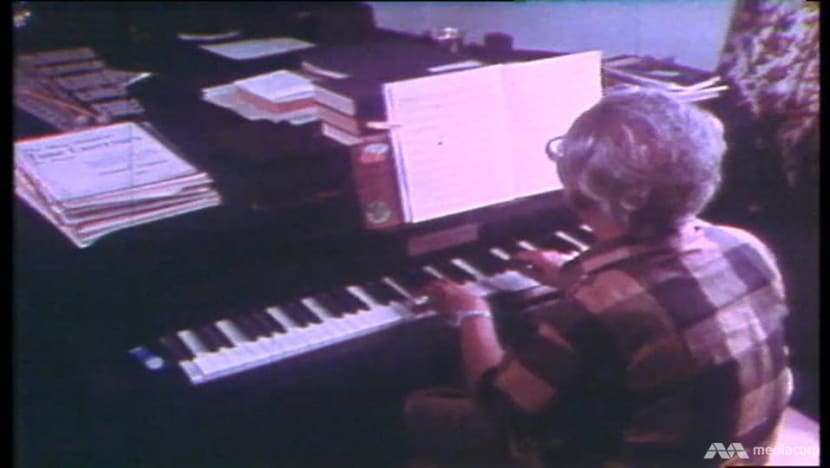
In 1959, when the agreement on self-government was reached, the then Deputy Prime Minister, Toh Chin Chye, thought the song would be a good anthem.
But when it had to be shortened to serve that purpose, Zubir almost had his masterpiece taken from him.
“He hadn’t submitted his version yet. He found out … that someone else had done the shortening without his authority. And it wasn’t a good job,” relates emeritus professor of physics and former SSO board director Bernard Tan.
“He wrote … a very angry letter to (Minister for Culture) S Rajaratnam. And the day that he wrote the letter was the day that the bill for the national anthem was going to the Legislative Assembly. The bill was withdrawn.”
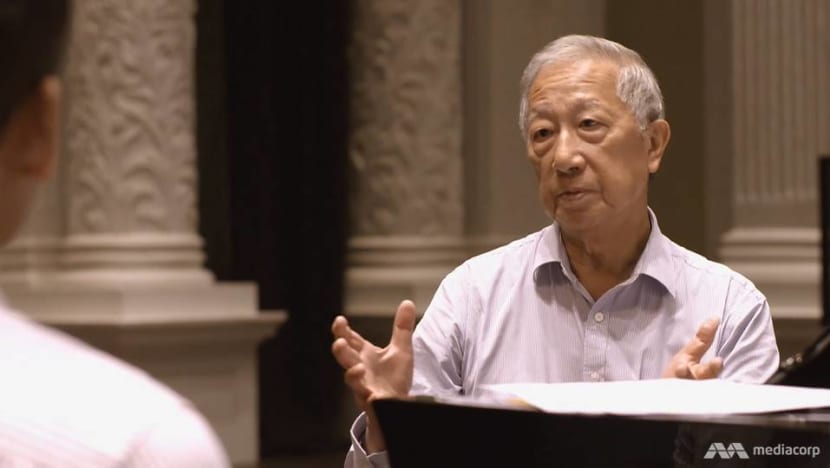
The reason “must have been” the letter of protest, surmises Tan, the author of the essay The Hunt For Majulah Singapura.
READ: Ramli Sarip’s rendition of Majulah Singapura is modern patriotism at its best — a commentary.
2. THE ORIGINAL WAS IN A HIGHER KEY
Since 1959, the anthem has been updated a few times, perhaps most radically in 2000, when Tan was chairman of the committee revising the orchestration. The anthem was then in G major.
“And if you have it in the key of G major, the highest note is an E … Technically, it’s a strain,” says the 76-year-old, who had witnessed the second public performance of Majulah Singapura before it became the national anthem.
“I thought we could do something to help Singaporeans: Why don’t we lower (it by) one tone … (to make it) easier to sing? So today, the key of the national anthem is F major; the highest note is D.”
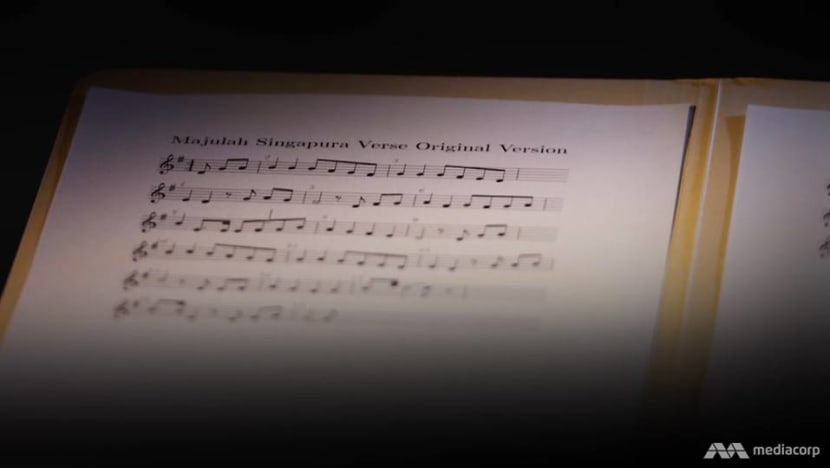
3. IT COULD’VE BEEN A THREE-STAR FLAG
When it came to designing the flag, Singapore’s first Deputy PM had a blank slate and only two months to complete the task. And he was actually in favour of one colour: Red.
But Toh knew he “had to be very politically sensitive” at that time because the colour was associated with the Communist Party. Eventually, the Cabinet decided on red — for universal brotherhood and equality — and the purity and virtue of white.
An early concept for the flag, however, had only three stars: For democracy, justice and equality.
“I was a bit anxious that (it) … would lead to uneasiness among some people, because the Malayan Communist Party also had three stars. Because of this, we added two more stars to represent prosperity and peace,” Toh once said.
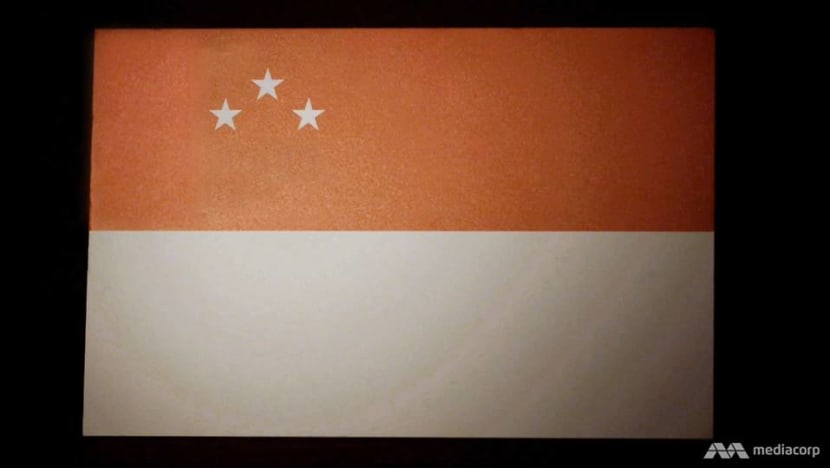
The crescent moon represented a newly independent country, but was also designed to assure the Malays and Muslims that “we’re not a Chinese state”, he explained.
4. HOW HOUSEHOLDS GOT TO DISPLAY THE FLAG
The flag is now a fixture in Singapore every August. But this was not always the case; strict laws in the past had governed how, where and when the flag could be displayed.
It was in 1986 when civil servant Richard Tan came up with the idea of eyelets for the flag for every public flat. He was the then deputy director of psychological defence in the Ministry of Communications and Information.
“Fortunately for me, the HDB readily agreed,” he recalls. “They quoted a budget of S$320,000, and they post-fitted (the eyelets). And that has become a standard feature of all newly built HDB flats.”
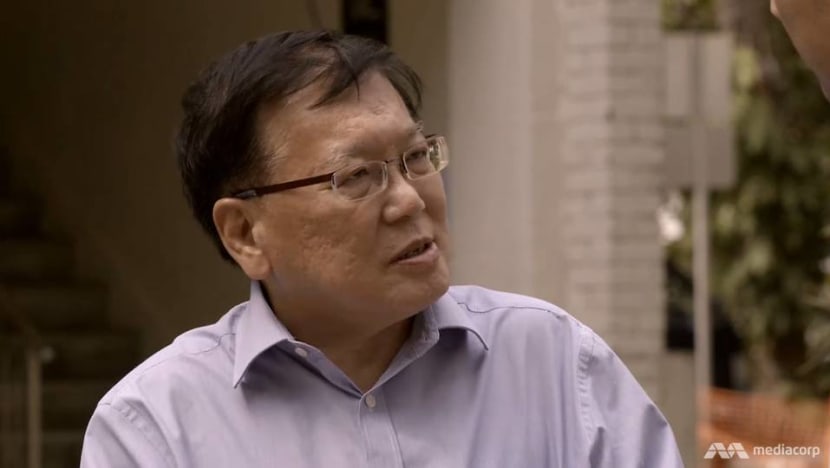
5. YUSUF ISHAK WASN’T A UNANIMOUS CHOICE
Singapore presented its new flag, anthem and coat of arms on Dec 3, 1959 along with a new head of state, Yusof Ishak. The position is not strictly a national emblem, but he too became a state symbol overnight.
He was looked upon to unite the people, whatever their colour or creed. He was not, however, the unanimous choice for the job, as Norshahril Saat discovered.
“Look at some of the declassified documents. There were debates … because he may have been known locally, but to the colonial government, he might’ve been someone who required further testing,” explains the author of Yusof Ishak: Singapore's First President.

There were questions about what he stood for — but his speech that day set out his beliefs clearly.
“The main task that lies before us now is the building of a united nation devoid of communal sentiments and suspicions. The complete interracial unity and national consciousness must be established if Singapore is to march forward,” he said.
“In the past, no special efforts were made to develop the national consciousness and a sense of loyalty towards this country. But … people who come to stay here have now realised the fact that there’s but one country for them: Singapore.”
Watch the documentary here.
